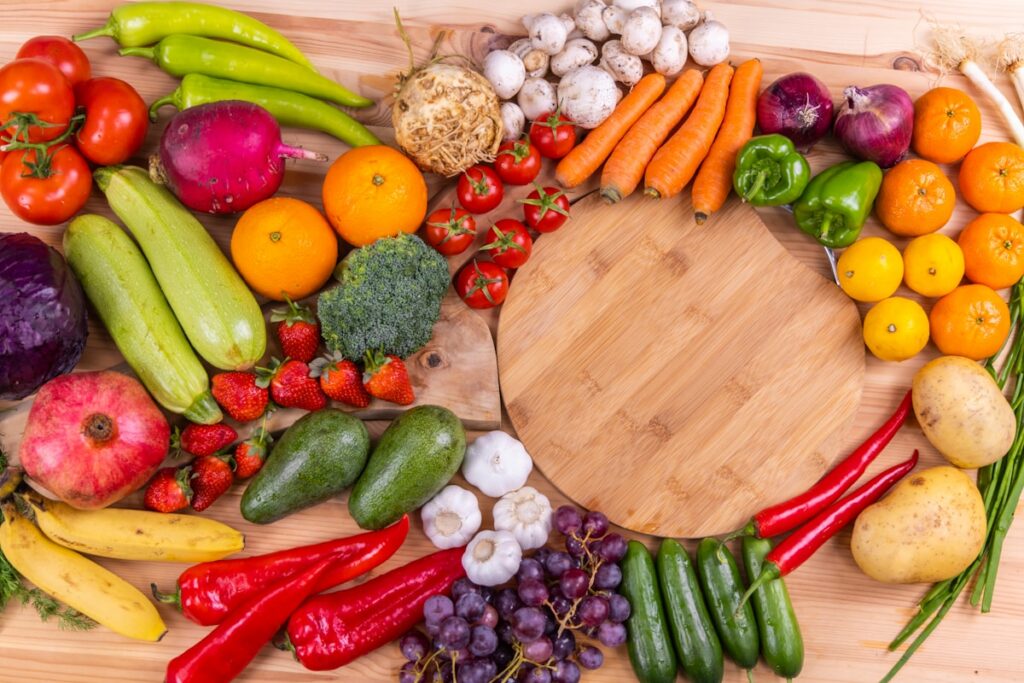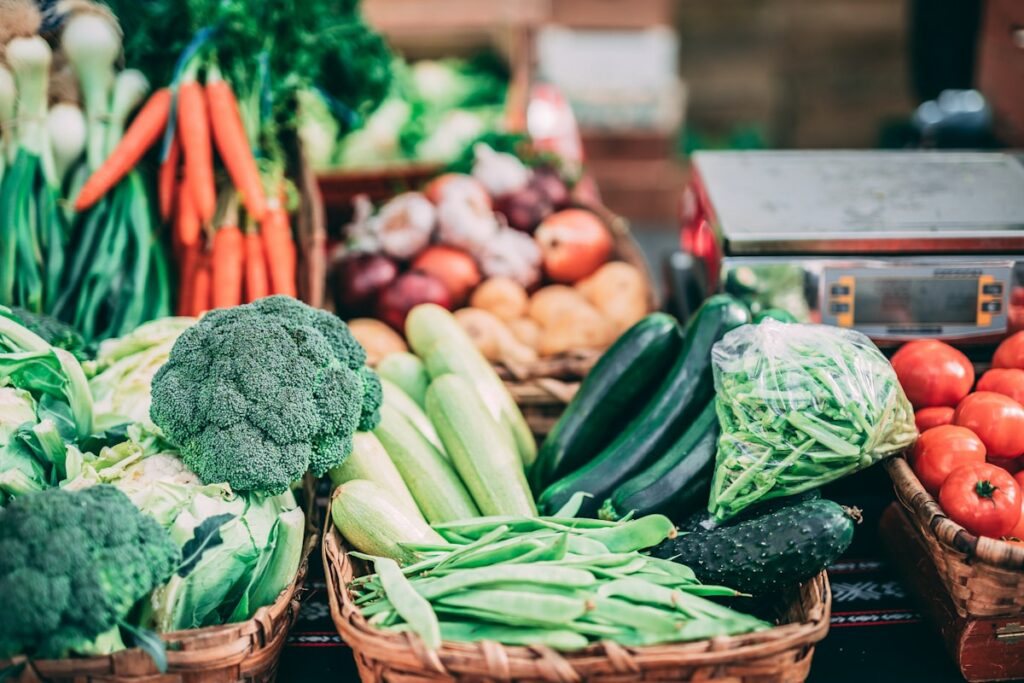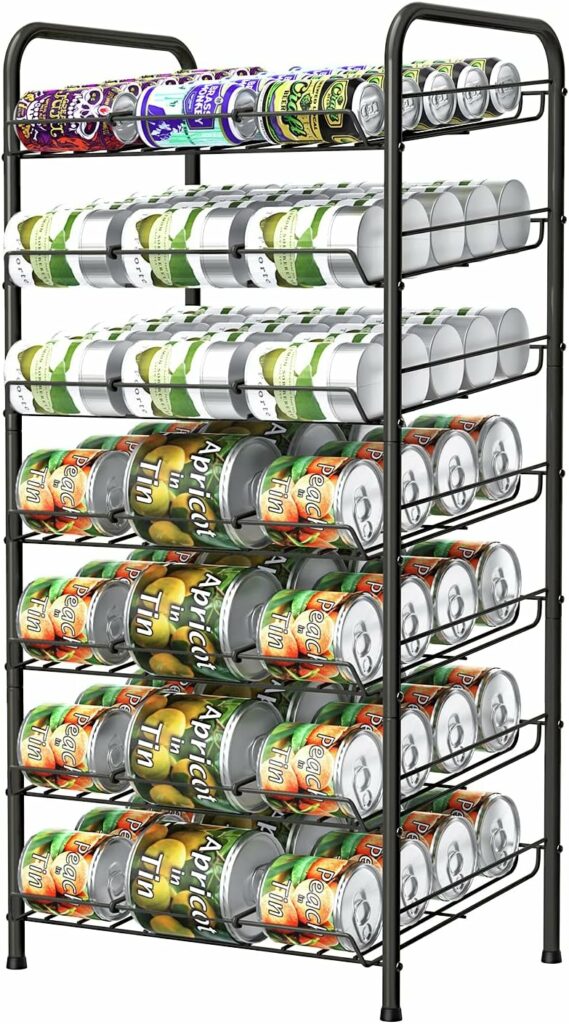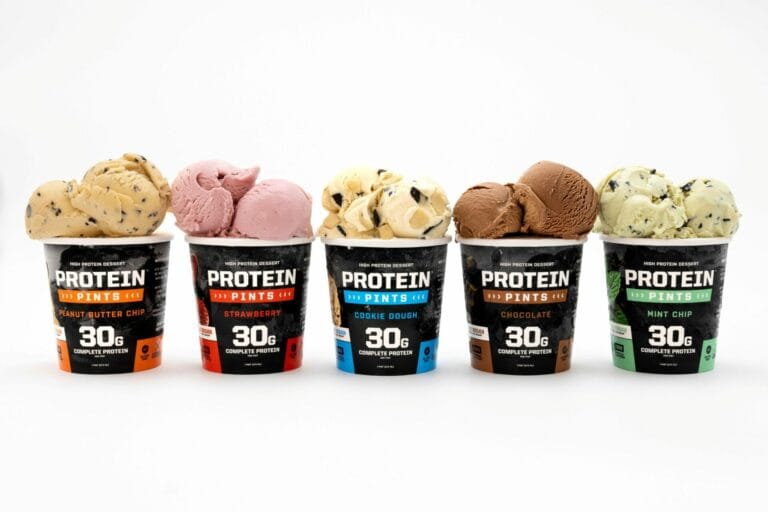Fresh vs. Canned Food: Nutritional Value, Environmental and Economic Factors
When comparing fresh and canned food, each has its own benefits. Fresh produce offers higher levels of certain nutrients, but these can degrade during storage. Canned foods, processed at peak ripeness, retain many vitamins and are convenient. We looked into the nutritional value, environmental and economic factors to help you create a balanced diet that incorporates both options for optimal nutrition.

As winter is marching in, I am going to a nearby farm this weekend to shop my favourite vegetable. Whether you are planning to freeze, pickle or can your vegetables, a well though shopping list is a good idea. For your convenience, we looked into the environmental and economic factors of canned food, cost-effectiveness and long shelf life. Nothing compares to fresh tomatoes but the question remains: how do fresh and canned foods truly compare nutritionally? In this article, we’ll explore the benefits and drawbacks of each, backed by statistics and scientific evidence, to help you make informed choices.
Fresh Food: Nutritional Value
Fresh foods, including fruits, vegetables, and meats, are often touted as the most nutritious option. The logic behind this is simple: they are harvested and consumed without much processing, preserving their natural vitamins, minerals, and fibre content. Many studies confirm that fresh produce has high levels of essential nutrients, such as vitamin C, folate and antioxidants.
For instance, the USDA reports that fresh broccoli contains about 89.2 mg of vitamin C per 100 grams. When eaten raw or lightly cooked, these nutrients remain largely intact. Additionally, fresh fruits and vegetables are free from additives like sodium or preservatives, which are often present in processed and canned alternatives.
However, the nutritional quality of fresh produce can diminish over time. Vegetables and fruits can lose nutrients during transport and storage. According to research from the University of California, spinach loses up to 90% of its vitamin C content within 24 hours of harvest when stored at room temperature. Even refrigeration slows but does not completely halt this nutrient degradation. The distance food travels, the time spent on supermarket shelves and storage conditions all affect the final nutritional value of fresh food by the time it reaches the consumer.


Canned Food: A Few Surprising Facts
Canned foods have often been viewed with scepticism because of their long shelf life and preservation methods. However, advances in canning techniques have drastically improved the nutritional content of these products, and they may offer benefits that even surpass fresh food under certain conditions.
One key advantage of canned food is that it is typically processed at peak ripeness, locking in nutrients. In some cases, the nutritional content remains comparable to, or even higher than, their fresh counterparts. A study published in the Journal of the Science of Food and Agriculture found that canned tomatoes contain more lycopene, an antioxidant linked to reduced risk of cancer, compared to fresh tomatoes. Lycopene levels increase during the heating process of canning, making this nutrient more bioavailable.
Most canned vegetables retain their mineral content. For example, canned beans provide the same level of fibre and protein as fresh or dried versions. Additionally, canned fish like salmon or sardines contain similar omega-3 fatty acids as fresh fish but offer the added benefit of softened bones, which boost calcium intake.
When comparing fresh and canned food head-to-head, the differences in nutrient content can vary by food type and the canning process itself. Here’s a closer look at some common foods and how their canned forms compare to fresh versions:
– Vitamin C: Canning can cause a significant reduction in water-soluble vitamins like vitamin C. For example, fresh green peas contain about 40 mg of vitamin C per 100 grams, while canned peas may have as little as 8 mg. However, this loss can be mitigated by consuming a variety of vitamin C-rich foods in other forms.
– Fibre: Canned fruits and vegetables typically retain most of their fibre content. For example, both fresh and canned black beans provide around 7.6 grams of fibre per 100 grams.
– Sodium: A major downside to canned foods is their sodium content, used to preserve and flavour foods. The CDC notes that up to 75% of dietary sodium comes from processed and canned foods. Canned vegetables often contain high levels of sodium, with one can of beans containing up to 500 mg of sodium, compared to less than 10 mg in fresh versions. Opting for low-sodium or “no salt added” varieties can mitigate this issue.
The Environmental and Economic Factors
Apart from nutrition, it’s worth noting that fresh and canned foods also differ in terms of environmental impact and cost.
Fresh Food
While fresh produce is desirable for nutrition, it has a short shelf life, leading to food waste if not consumed quickly. According to the U.S. Department of Agriculture, about 30-40% of the food supply is wasted, much of it being fresh produce. This waste not only contributes to financial loss but also has a significant environmental impact due to the resources required for transportation, water use, and spoilage.
Canned Food
Canned foods, on the other hand, can last for years without refrigeration, making them a sustainable option that reduces food waste. A 2019 study from the American Journal of Agricultural Economics found that canned food waste is 20 times lower than that of fresh food. Additionally, canned goods tend to be more affordable than fresh produce, especially when out of season. For example, fresh strawberries can cost upwards of $3.00 per pound in winter months, while canned versions may cost as little as $1.50 for a similar amount.
Health Considerations and Potential Drawbacks
While canned foods offer convenience and nutritional benefits, there are potential drawbacks to consider. Some canned foods contain BPA (bisphenol A) in the lining of the cans, a chemical linked to hormonal disruptions. A study by the Environmental Working Group (EWG) found that 67% of canned foods in the U.S. still contained detectable levels of BPA. Opting for BPA-free products or rinsing canned vegetables before consumption can help reduce exposure.
Additionally, canned fruits often come packed in sugary syrups, which can lead to excessive sugar intake. Opting for fruit packed in water or juice is a healthier option.
Fresh vs. Canned—Which Is Better?
There is no definitive winner in the fresh versus canned food debate, as both offer unique advantages and disadvantages. Fresh produce generally provides higher levels of vitamins like vitamin C, but nutrient losses can occur during transport and storage. On the other hand, canned foods offer a convenient, cost-effective, and shelf-stable alternative that retains many essential nutrients and reduces food waste.
The best approach may be to incorporate both fresh and canned foods into your diet. Fresh produce can be prioritised when in season and locally sourced, while canned foods can be a reliable option for out-of-season items or as a backup for quick meals. Opting for low-sodium, BPA-free, and sugar-free canned products can help mitigate potential downsides, ensuring you maintain a balanced and nutritious diet.
By understanding the nutritional trade-offs and making informed choices, you can enjoy the best of both worlds while promoting health and sustainability.
To check our latest autumn recipes, order Rich Monday Paper.
Do you want to share your story and inspire our readers ? Know that YOUR EXPERTISE is paving the way for a fairer, happier society.





